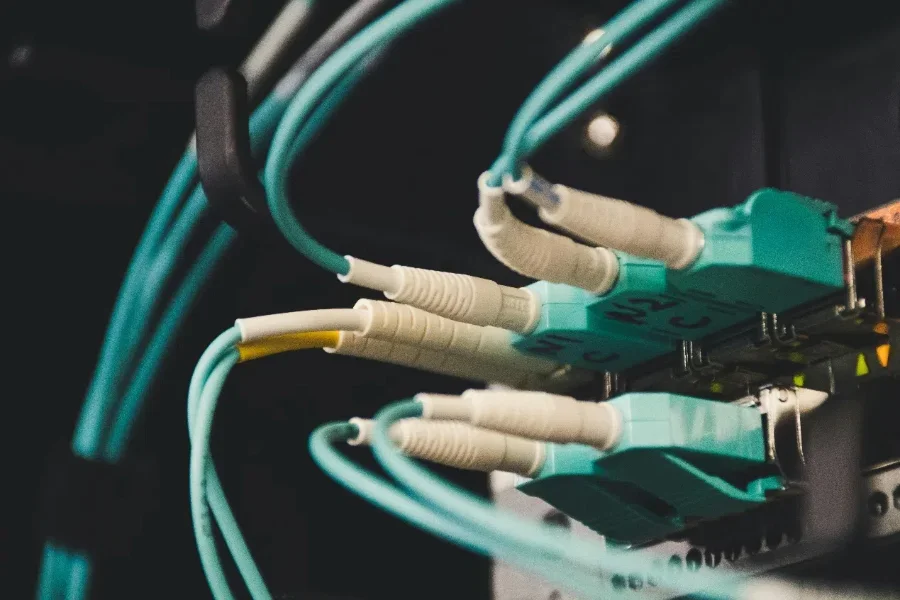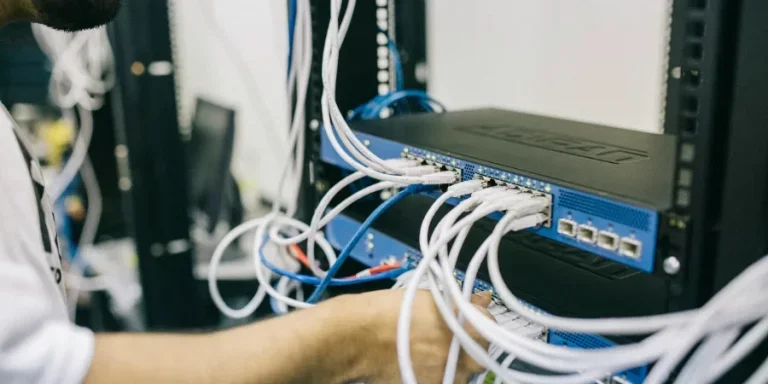Traveling to Europe brings the excitement of exploring new cultures, cuisines, and landscapes. However, it also comes with the practical challenge of ensuring your electronic devices are compatible with European electrical outlets. This is where the European converter plug comes into play. In this article, we delve into the nuances of these converters, breaking down their importance, types, features, compatibility issues, and safety considerations. Our aim is to equip you with the knowledge to make informed decisions, ensuring your devices stay powered up safely throughout your European adventures.
Table of Contents:
– Importance of European converter plugs
– Types of European converter plugs
– Key features to look for
– Compatibility and device considerations
– Safety tips and best practices
Importance of European converter plugs:

Traveling without the appropriate converter plug can lead to a host of inconveniences, from being unable to charge your phone to missing out on using your favorite hairdryer. European converter plugs bridge the gap between your device’s plug and the European outlet, ensuring your devices are charged and ready to use. They are not only about convenience but also about protecting your devices from potential electrical damage. Understanding the electrical standards in Europe is the first step in appreciating the value of these converters.
Types of European converter plugs:

European converter plugs come in various shapes and sizes, each designed to fit the specific types of outlets found across Europe. The most common type is the two-round-pin plug, compatible with the Europlug socket. However, variations exist, such as the three-pin plug used in the United Kingdom. When selecting a converter, it’s crucial to know the specific country’s outlet type you’ll be visiting. This section aims to demystify the differences and help you identify the correct converter plug for your trip.
Key features to look for:

When shopping for a European converter plug, there are several key features to consider. Firstly, check the voltage compatibility. Most European countries use a voltage of 220-240V, which differs from the 110-120V standard in other countries. Additionally, look for a plug with surge protection to safeguard your devices against voltage spikes. Another valuable feature is the inclusion of USB ports, allowing you to charge multiple devices simultaneously. This segment guides you through these features, ensuring you select a converter that meets your needs.
Compatibility and device considerations:

Not all devices are created equal when it comes to international travel. Some devices, such as laptops and smartphones, are designed to handle a range of voltages and only require a plug adapter. Others, like hairdryers and electric shavers, may need a converter to adjust the voltage. This section explores how to determine if your device is compatible with European standards and what type of converter or adapter you might need. It’s about making sure your devices work seamlessly, avoiding the frustration of incompatibility.
Safety tips and best practices:

Using a European converter plug safely is paramount. This involves not only selecting the right converter but also understanding how to use it properly. Avoid overloading the converter, as this can lead to overheating and potential hazards. It’s also important to unplug the converter when not in use. This final section offers practical tips and best practices for using your converter safely, ensuring a worry-free experience while keeping your devices charged.
Conclusion:
Navigating the world of European converter plugs can initially seem daunting. However, with the right information and a thoughtful approach, you can easily find the perfect converter for your travel needs. Remember, the goal is to ensure your devices are compatible, protected, and ready to use, allowing you to focus on the joys of traveling. By considering the type of plug, key features, compatibility, and safety practices, you’re well on your way to a hassle-free European adventure.




